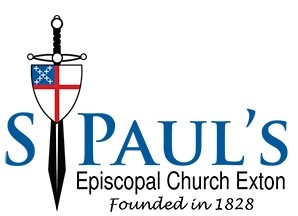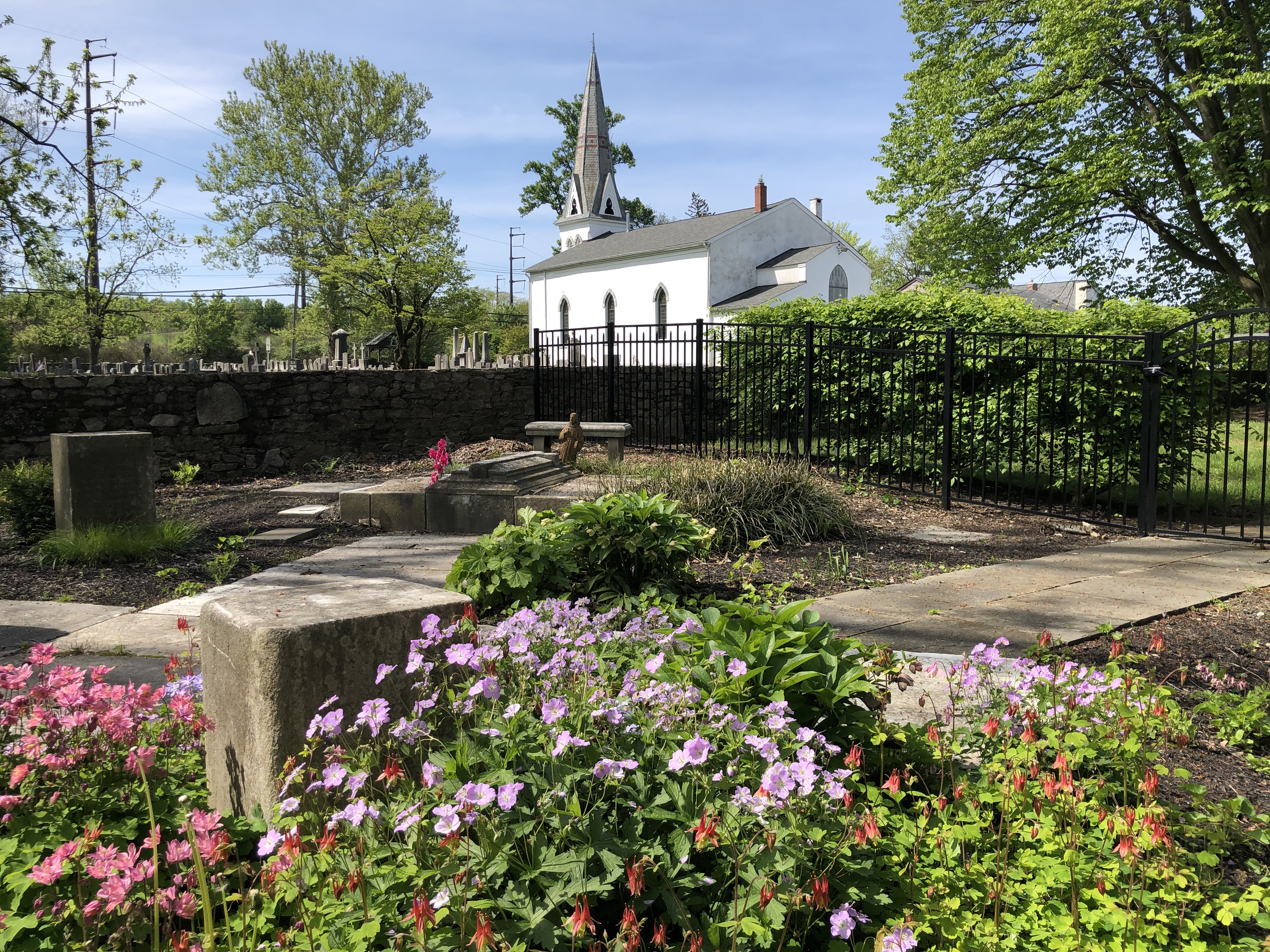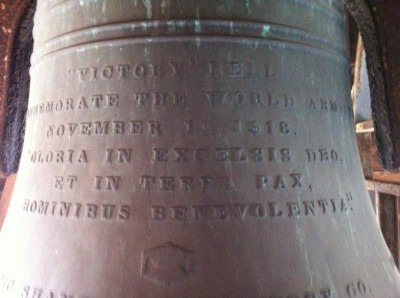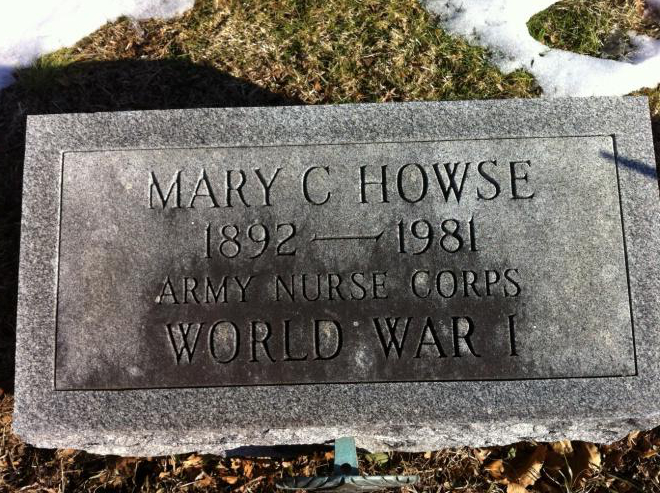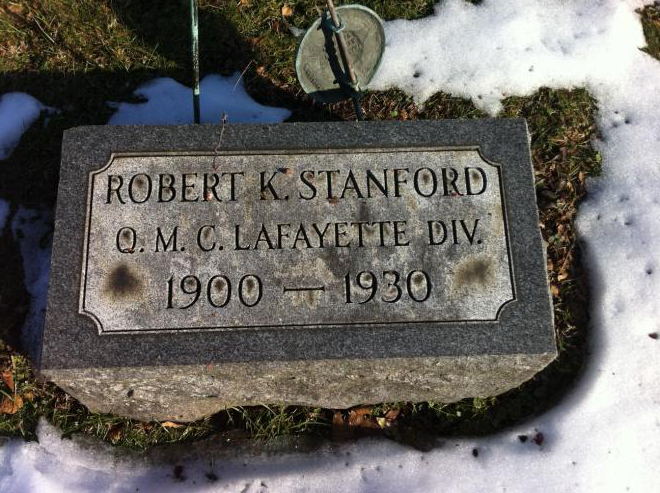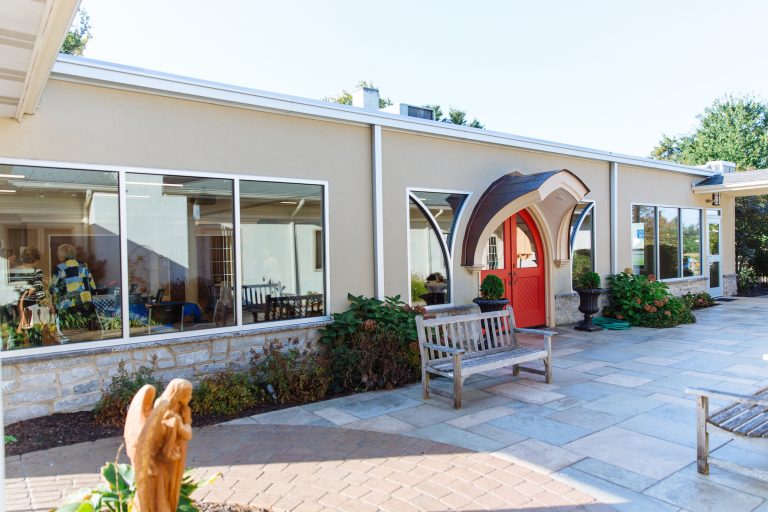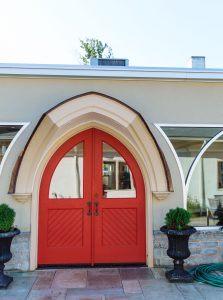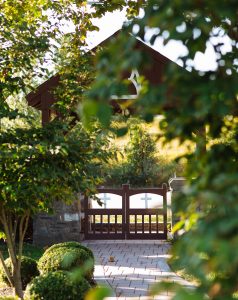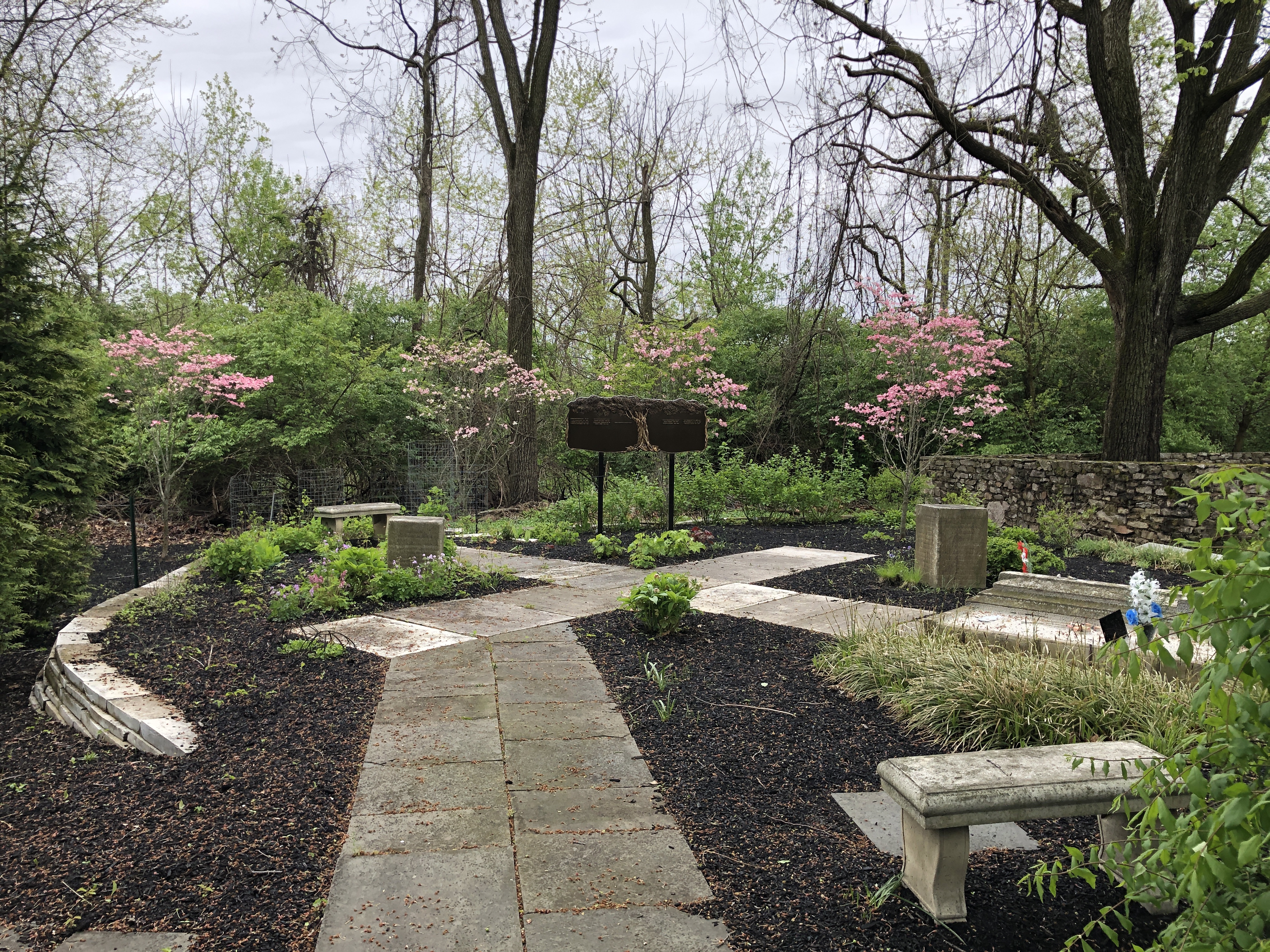Mission and Vision
The Mission of St. Paul’s Episcopal Church, Exton, is to create many doors by which people are invited to enter the Church and to exercise hospitality by welcoming all persons who seek a closer relationship with the Sacred – those who have much faith and those who have little; those who have tried to live their faith and those who have struggled.
Our Vision at St. Paul’s is that worshiping should be fun. Worship puts a smile on your face and a skip to your walk without using guilt as a means of interacting with the Sacred.
Guiding Principles
- Be welcoming, be inviting, and be hospitable to all
- Be a parish for members, be there when they need or want support
- Be open to new ideas
- Focus on love, not sin
- Invite people to share their own experiences and to join us on our journey
- The liturgy is our framework, and we have enough room to work within the liturgy
- The only requirement to share in communion is to be hungry for spiritual food
